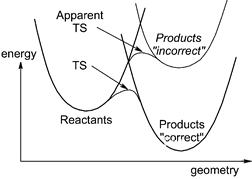Effective weekly group meetings

I think it is crucial that any research group have a group meeting at a designated time each week. It surprises me that some groups do not do this or how some people hate their group meetings to think they are a waste of time. A typical group consists of one to a few faculty members and postdocs, grad. students, and possibly some undergrads working in the group. It is important that these weekly meetings are informal, relaxed and inclusive. They should encourage learning, interaction and feedback. What might happen at the meeting? Here are a few things that we do in the Condensed Matter Theory group at UQ [senior faculty are Ben Powell and I]. These meetings are compulsory and they are in addition to a weekly meeting between each individual in the group and their supervisor. Each week a group member is assigned to bring a cake or a packet of cookies/biscuits to share with the group. Group members provide their own drinks. A group member gives a talk on the white board abou







